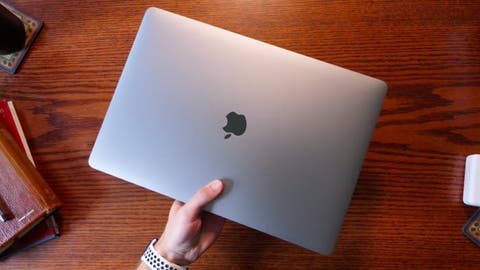American manufacturing giant, Apple, is getting set for another huge leap. According to recent reports, the company will terminate its cooperation with Intel and incorporate its own chip on upcoming Mac computers. The company has decided to say goodbye to the world’s leading processor manufacturer after 14 years of cooperation. Apple does not easily change chip makers for its MacBooks. In the early 1990s, the company moved from Motorola processors to PowerPC. In 2005, it made another switch from PowerPC to Intel. The first set of Intel-powered Macs hit the market in January 2006.
At first, the Apple-Intel connection looked perfect, but over time, Intel did not have time to produce. Among other things, the arrival of ARM processor architect, Mike Filipp, at Apple’s headquarters in Cupertino provoked passionate debate. Filipp worked at ARM for ten years, so his new engagement seemed like confirmation of the untying of the Apple-Intel bond.
Tests of new ARM-based chips have shown significant improvements over Intel-based versions. These improvements are obvious especially in terms of graphics performance and artificial intelligence applications. In addition, Apple processors are more energy-efficient and may easily fit on thinner and lighter devices.
Apple has been working on this project for years
At WWDC, Apple is also preparing updates to its other iOS, iPadOS, tvOS, and watchOS operating systems. Work on the chip has been going on for several years and is considered one of the most secret in the company’s history. Two years ago, Apple successfully developed a chip for Mac based on the iPad Pro processor for internal testing, which obviously gave it confidence.
Former Microsoft Windows President, Steven Sinofsky, who was behind the development of the Windows operating system, Internet Explorer, and other online services such as Outlook, spoke about the transition.
